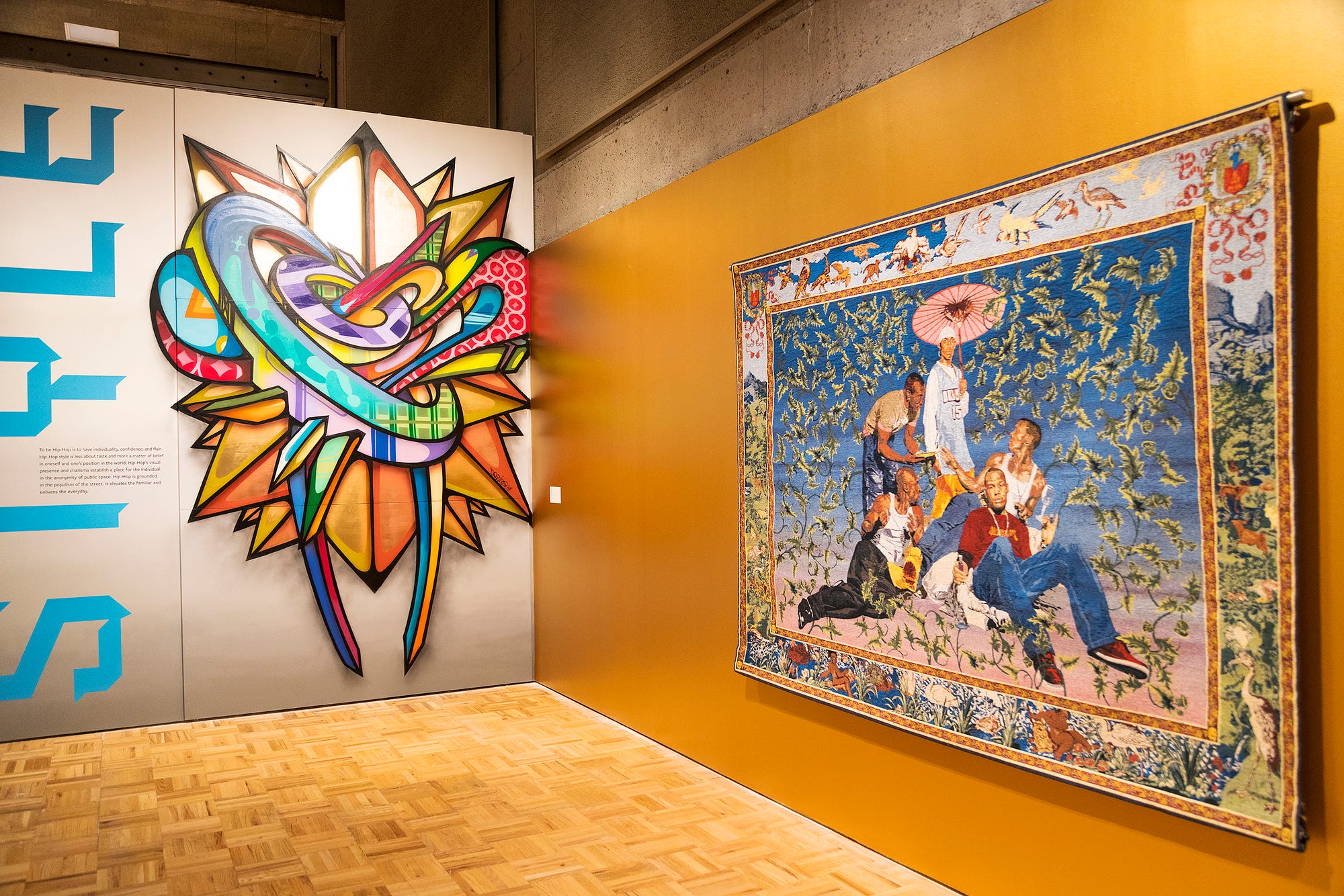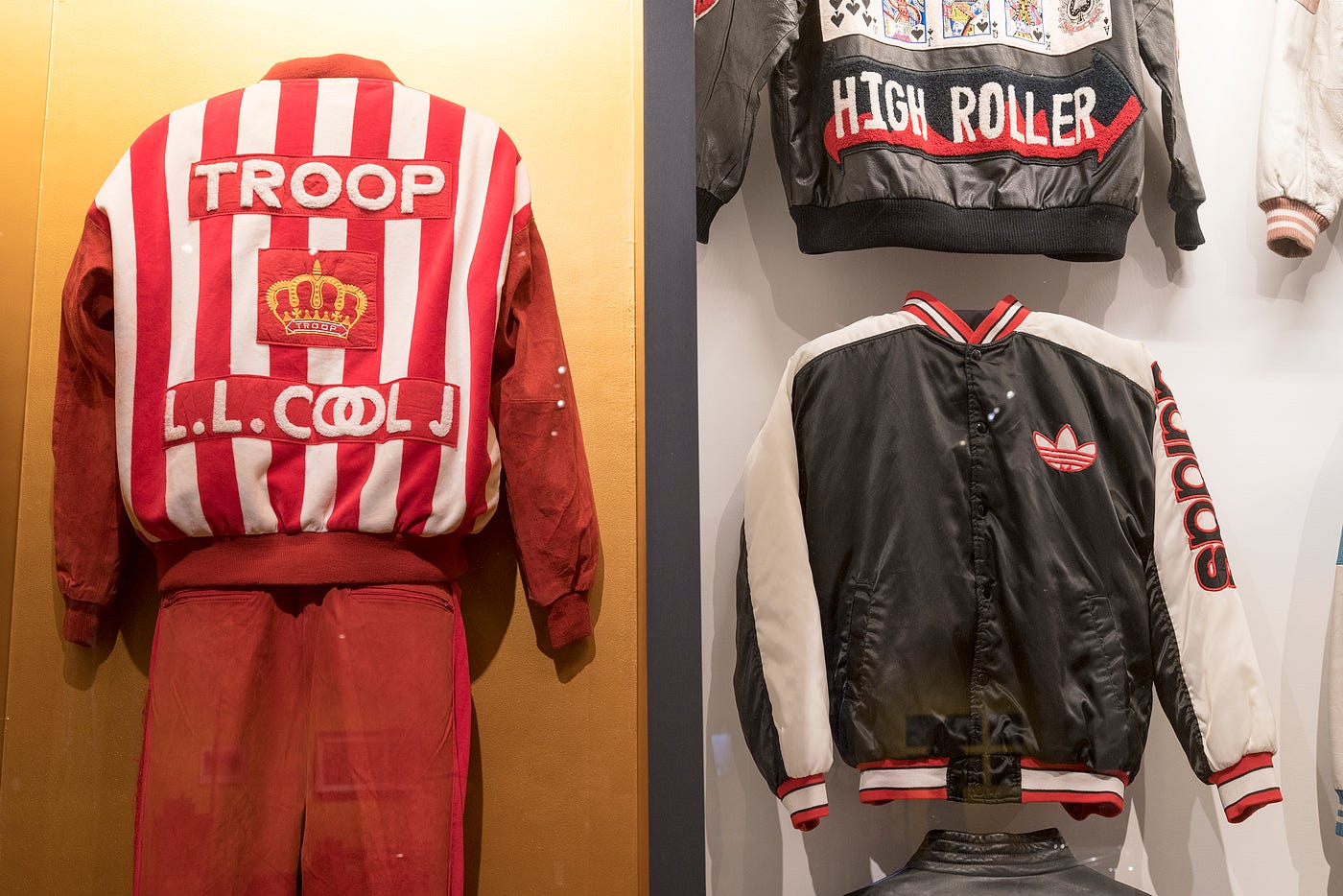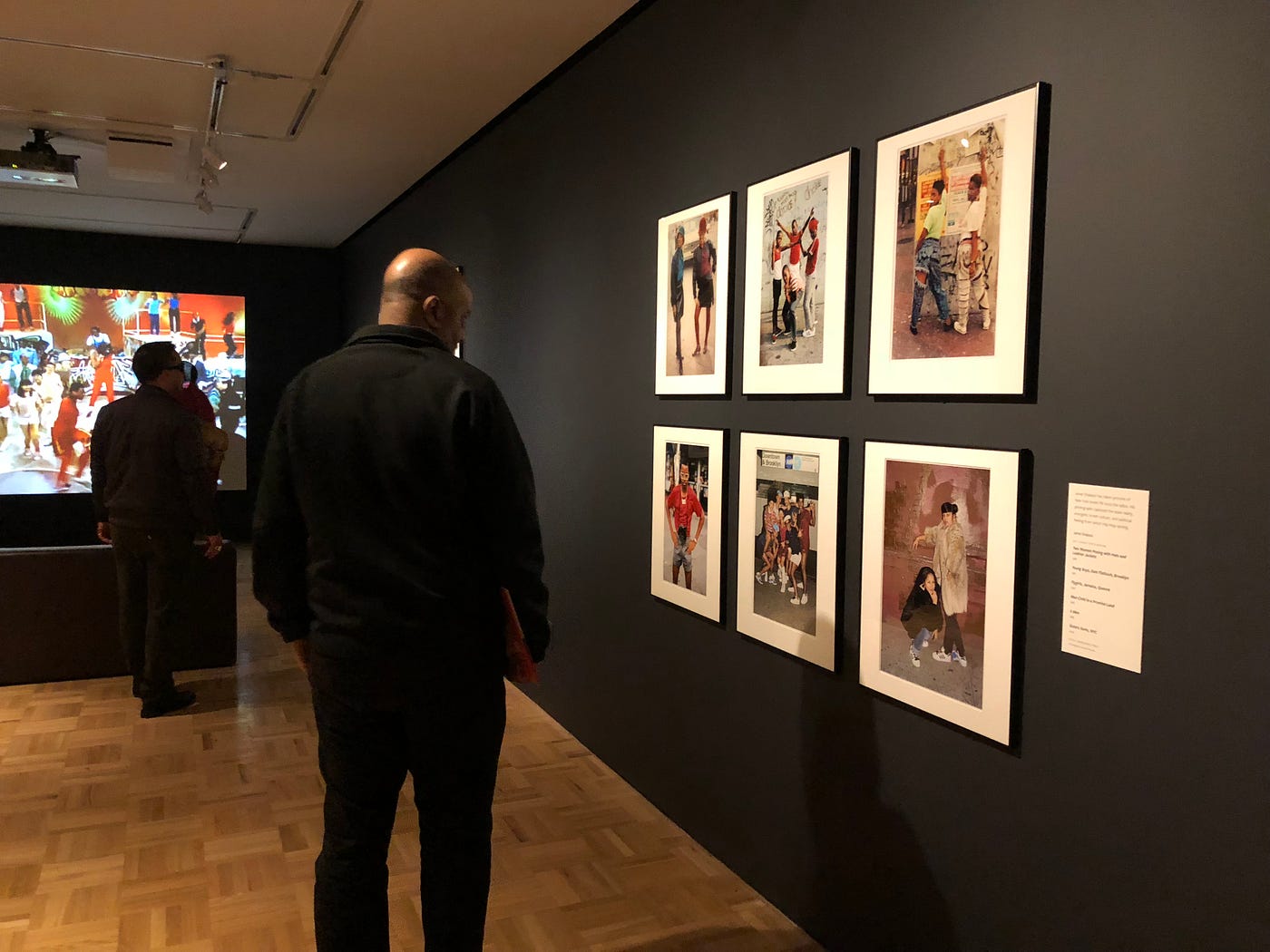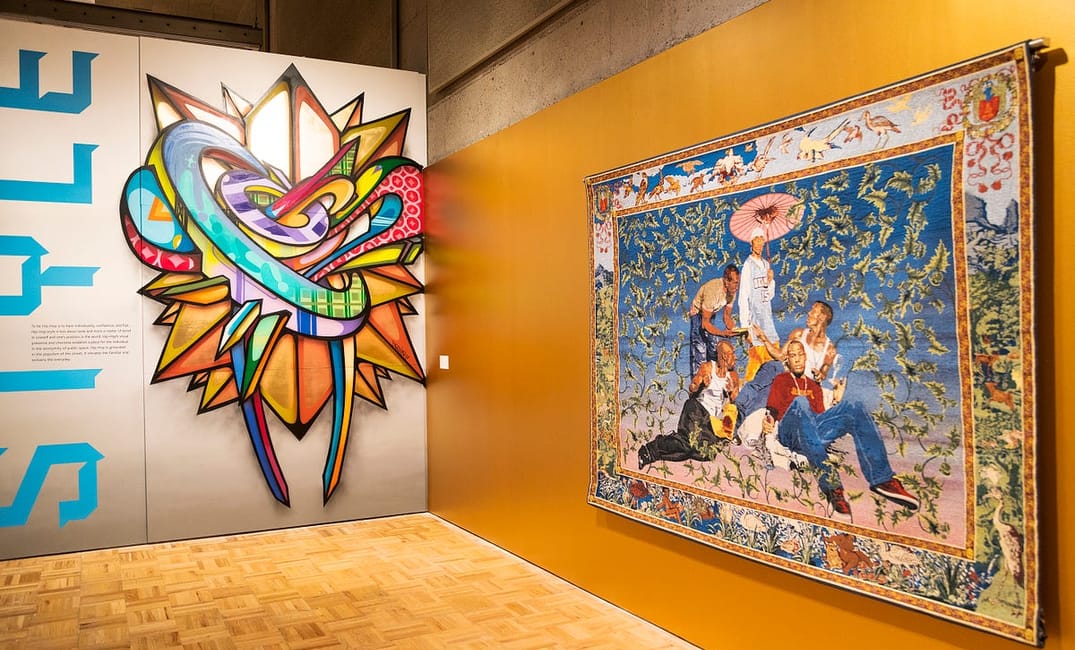
“It’s the energy here,” photographer Amanda Sade said about Oakland and its creative vibrancy. “People in this town really want to do their own thing, be entrepreneurs, live the lifestyle they want to live. It’s just in the air.”
Sade’s current series is just part of the Oakland Museum of California’s newest exhibit, Respect: Hip-Hop Style and Wisdom, which opens this weekend and runs through August, her photos a hyperlocal slice of the vibrancy and expression that move through the entirety of the on-display collections. Her images capture the people and scenes of the streets of Oakland, her subjects mainly fellow Oakland creatives — musicians, photographers and artists — who pushed and inspired her in what has been only her first year behind the camera.

This collaborative and encouraging spirit is crucial to the world of hip-hop but an aspect that had never received a lot of attention due to much-maligned stereotypes around the genre. But it’s on full display in Respect.
OMCA opens its tour through hip-hop’s historical and cultural significance with the Dojo room, a highly interactive space where participants are encouraged to learn by doing, regardless of skill. Two massive video screens play popular rap and hip-hop videos in front of a microphone where you can sing or rap along. A table full of record players and beat pads encourages you to try mixing your own music or creating your own beats. A very enthusiastic series of dance videos plays along the back wall next to a small sign that reads, “Come dance with us!”
Behind the Dojo, the exhibit becomes a little more somber, but not at all reserved. Guests move first through the historical context of hip-hop’s beginnings: housing inequalities, drug epidemics and the removal of educational resources, all of which hit black communities hardest in the 1970s. From that time emerged an art form meant to act as a platform for diverse groups to talk about survival, strategy, art and community.
“Hip-hop is vibrant and influential culturally, but socially, it provides a platform for diverse communities to come together,” says René de Guzman, the senior curator of art at the OMCA and the curator of Respect. “We’re approaching 45 years since hip-hop was quote ‘invented,’ and now it’s become a central part of society…The African-American experience is now a central part of America’s history.”
The rest of the exhibit focuses on the style and wisdom of hip-hop—the ways in which it influenced other art forms and the people who produced them. This ranges from a seven-minute short documentary on Bay Area “turf dancing” to a personal collection of streetwear jackets from Eric Robles—a.k.a. EBONE415. Especially striking in the back part of the gallery, where the ceilings stretch the highest, is a careful selection of graffiti, contributed and curated by local graffiti artists Vogue and Refa One.

“We worked closely with Vogue and Refa One to really be able to highlight graffiti as an important story, something that has history and depth,” said Scott Moulton, design director at the OMCA, noting that some of hip-hop’s most vibrant expressions happen in public. “They selected a number of graffiti writers to create these large-scale murals [and] drew on their personal collections to build out the story of the local graffiti scene here.”
“This project speaks to a trajectory that the museum has been pursuing in the past few years about really taking on subject matter and content that resonates regionally, statewide and nationally, but has deep roots here in Oakland,” said Lori Fogarty, director of the OMCA, nodding to past exhibits on marijuana, the Black Panther party and Dorothea Lange. “Obviously, hip-hop rose to the top of that list as we thought about those projects.”

The interactive nature of Respect makes it simultaneously impactful and accessible to both longstanding members of the local community as well as newcomers to the art form. Much like the mic-wielding leaders who have shaped hip-hop, this exhibit begs for you to get involved in whatever capacity you can.
“Come and have fun and pick up something,” said Sade of the exhibit’s opening this weekend. “Just know that even from seeing my work, you can do whatever it is that you want to do. You can be in the museum next.”







